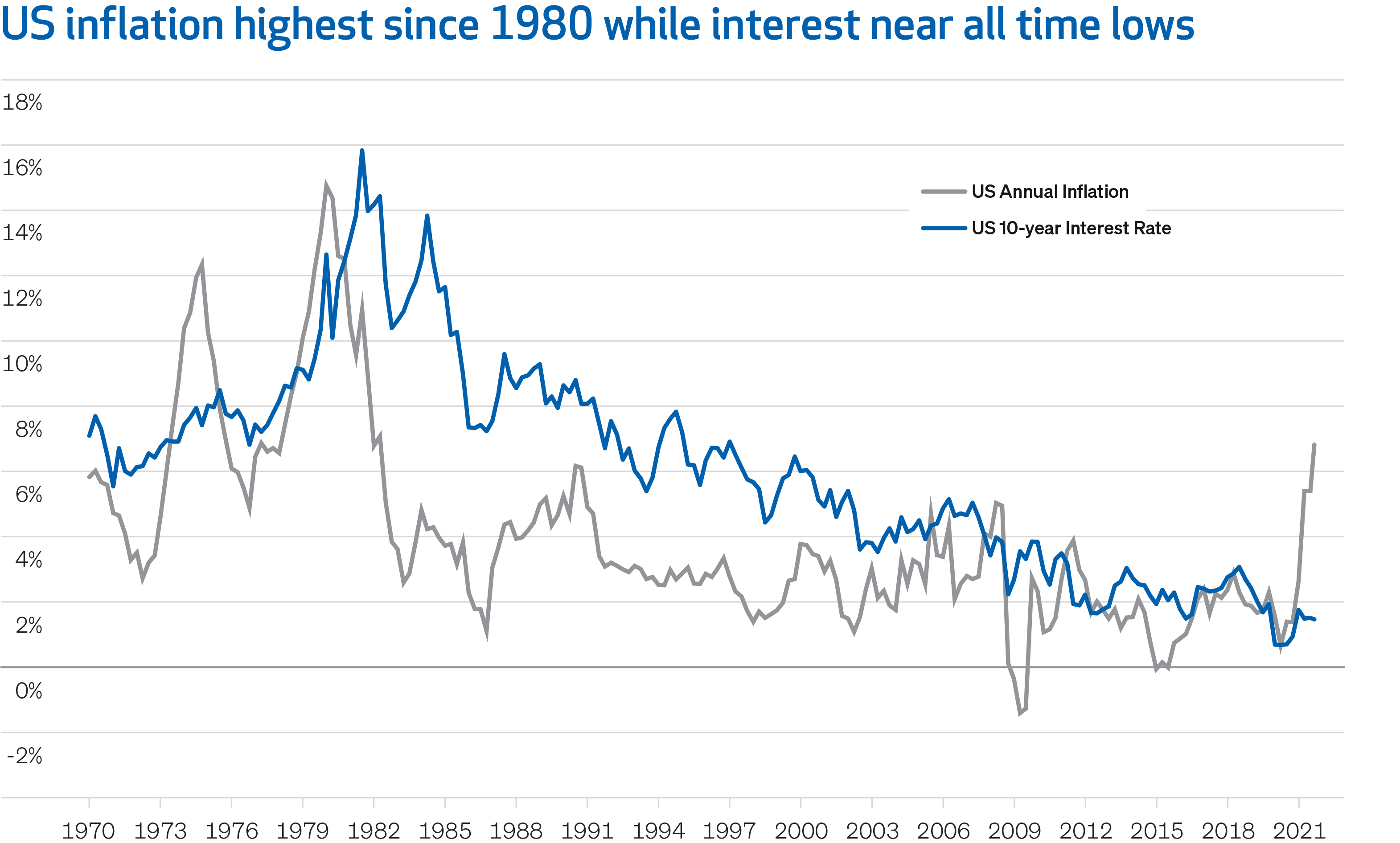NZ Funds KiwiSaver Scheme posts strong in Q1, but warns against performance chasing
Newly appointed Chief Investment Officer, James Grigor, says NZ Funds’ success was driven by the structural makeup of its KiwiSaver Scheme and NZ Funds’ partnership with a small number of world class investment managers. “On the advice of the global investment experts we partner with, we used the selloff last year to add to a number of positions which have paid off handsomely in 2019.”
“In general, volatility benefits our clients because it gives us and the managers we work with more opportunity to add value on clients’ behalf.” Grigor says approximately two thirds of NZ Funds KiwiSaver Scheme Growth Strategy is passively invested and one third is actively invested. “We are style agnostic; we believe there are strengths and weaknesses to both active and passive management, so we use both.”
Grigor says NZ Fund’s long-term approach to investment decision making means it will continue to be subject to periods of volatility, as occurred last year and in 2016, however the long-term payoff is
NZ Funds KiwiSaver 0-55 year old member asset allocation has delivered top quartile returns – when compared with all KiwiSaver funds available – in 2013, 2014, 2015 and 2017.2
Grigor also said NZ Funds’ passive, index tracking allocation, enables clients to capture the longterm beta of share markets, while its partnership with some of the top active managers, in small but concentrated positions, is designed to add alpha. NZ Funds’ active managers would also protect members’ investments in a severe market downturn in a way that an index orientated fund could not. And here Grigor is cautious.
He says NZ Funds has something which other, currently high flying schemes do not have. “Our returns include the cost of a portfolio of downside mitigation options managed by United States-based hedge fund, Universa. It has been a while since we’ve seen a proper bear market collapse, but we will see one again in our lifetime, and when we do, we expect to much better than plain vanilla growth” says Grigor.
“If you look at the performance of most of the index tracking funds, and the KiwiSaver funds which lacked property global diversification in 2009, their returns were horrific; a number were down more than 50%. But back then KiwiSaver had just started, so most member balances weren’t much more than their $1,000 kickstart, and they were invested in default schemes, not growth.”
“Now flip that on its head” says James. “Today, the average New Zealander’s balance is 20 to 30 times larger and they have been taught: chase performance, and don’t pay fees, so money is flowing to low cost, index-orientated growth funds.” Grigor points out the surveys show most New Zealanders don’t have a financial adviser to help them, “again they’re being told paying fees is bad”, so at some stage a lot of 50 and 60 year old New Zealanders are going to see their KiwiSaver Scheme halve in value. “These days they all have access to their balance online, they’re going to be very angry, and frightened, and the risk is they are going to make bad decisions.”
“Our long-term competitive advantage is that 98% of members in our scheme have chosen to pay slightly more to work with a financial adviser. They’re already seeing the benefit of that decision. The average NZ Funds KiwiSaver Scheme member balance is approximately 1.5x bigger than the national average, which James puts down to having a financial adviser. “In a downturn we think having a financial adviser who understands you and your strategy, will be priceless”, says Grigor. Unfortunately, that isn’t taken into account in a table that ranks Schemes by fees and returns.
James Grigor is Chief Investment Officer of New Zealand Funds Management Limited (NZ Funds) and is a member of the NZ Funds KiwiSaver Scheme. James’ advice is of a general nature, and he is not responsible for any loss that any reader may suffer from following it.
***
1. Source: Data from Financial Express, NZ Funds’ analysis.
2. Returns after fees and tax to year ended 31 March. Source: KiwiSaver fund updates, NZ Funds’ analysis.
2. Returns after fees and tax to year ended 31 March. Source: KiwiSaver fund updates, NZ Funds’ analysis.
NZ Funds KiwiSaver Scheme is used by AFAs and RFAs. NZ Funds makes up-front and ongoing payments to enable advice. 96% of NZ Funds’ KiwiSaver Scheme members have a financial adviser. The average balance of members of the Scheme is $27,194, approximately one and half times the national average of $17,834 (Source: Workplace Savings NZ, 31 December 2018).



